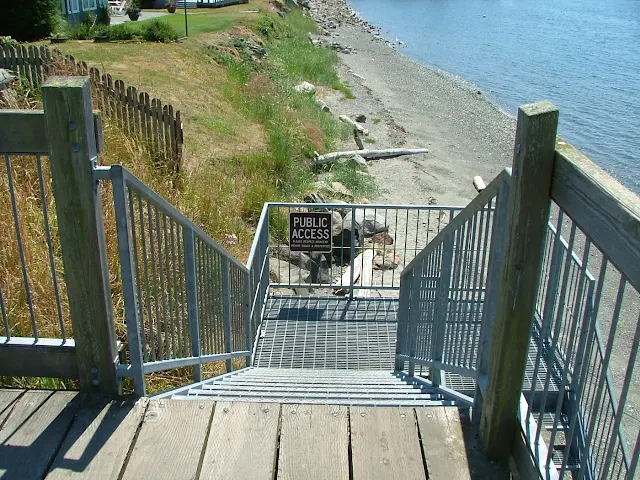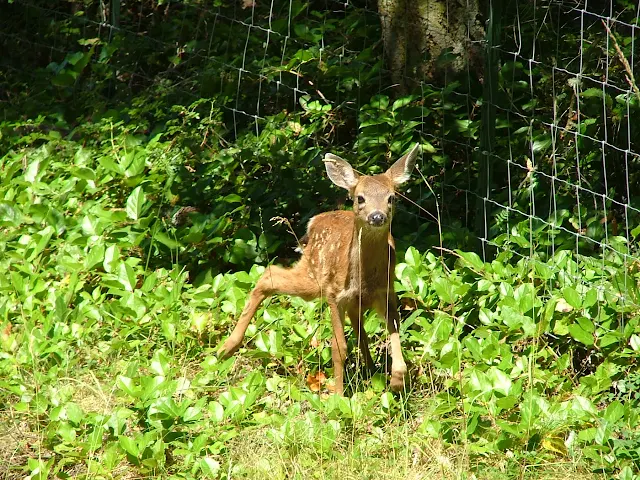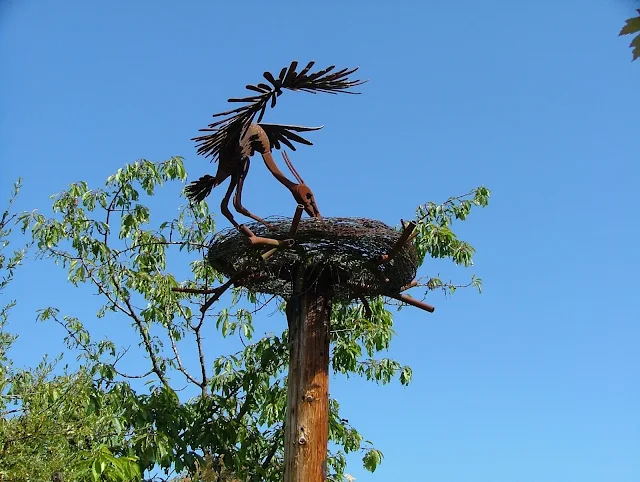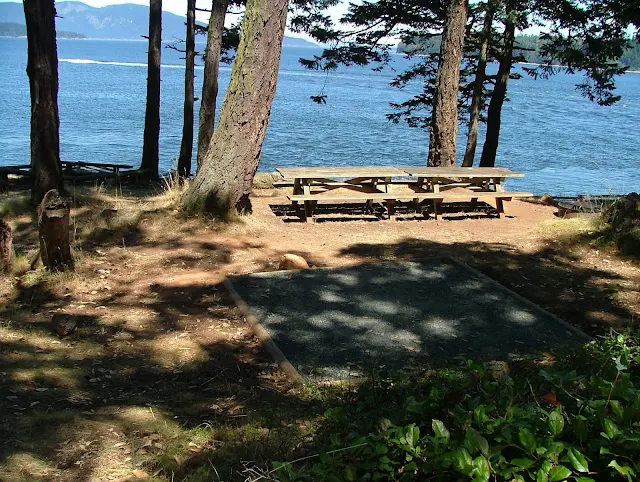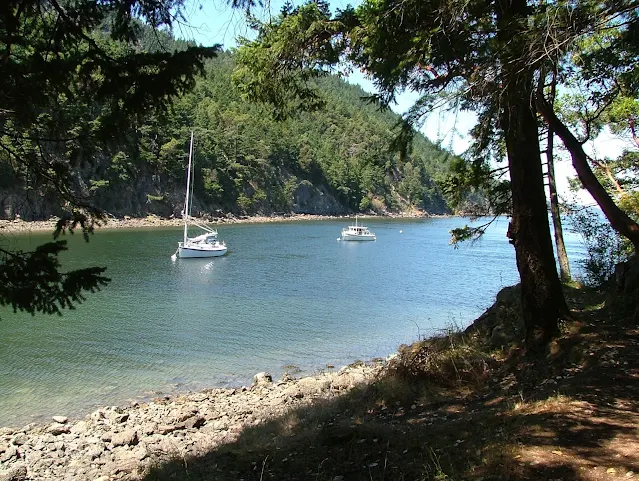Where have we been for the last sixty days?
I have felt bad for not posting recently, but not anymore. Just as I sat down it occurred to me that many of us are in the same situation. Winter projects, holidays etc. Now that I have time to write, some of you may have time to stop by, and the fact that two months has gone by is not an issue.
One of my projects was to keep my boat from freezing solid and being damaged. So far so good. We went for a Thanksgiving weekend cruise in freezing weather, which was my last post about the stove huffing and puffing soot all over the place. You know soot becomes snoot when it gets wet or rubbed or wiped or touched. It also seems to permanently sink into oxidized fiberglass. Bad news all around, snoot is. The good news is that it cleans off painted surfaces really nice and almost cleans off waxed surfaces.
On New Years we went for another cold weather outing and the oil stove worked flawlessly now that I know to pay better attention to the burner.
Now about the hot wire, and warning for all of us that know better. My 30 amp power plug got so hot that it partially melted the plastic and I had a really hard time removing the plug from the receptacle on the boat.
The heat was caused by two things #1 the plug terminals must not have made a good connection so I'm not getting 30 amps, instead I'm getting heat. #2 the electric heater and battery charger in the boat probably combine for too much power draw, and with the cold weather I'm lucky I caught it before - poof - a different kind of snoot appeared where the boat is/was. My advice to myself is to check both ends of every cable connection for heat. What worry's me are the buried connections I can't get to.
Here's proof it can happen - Clickety click >> >> fire damage











.JPG)

